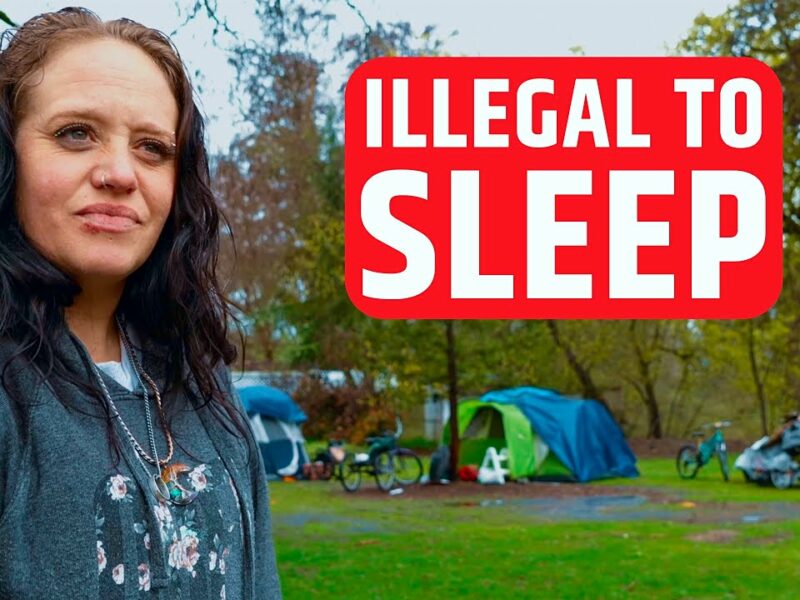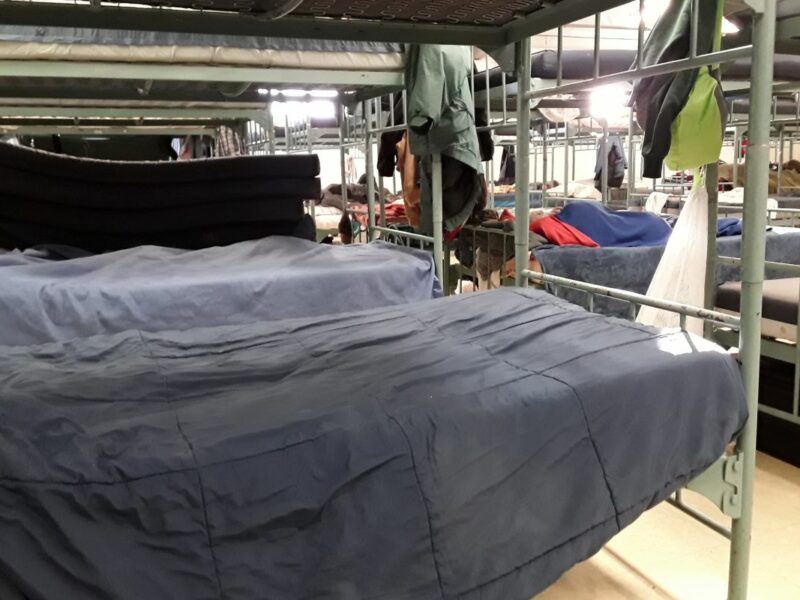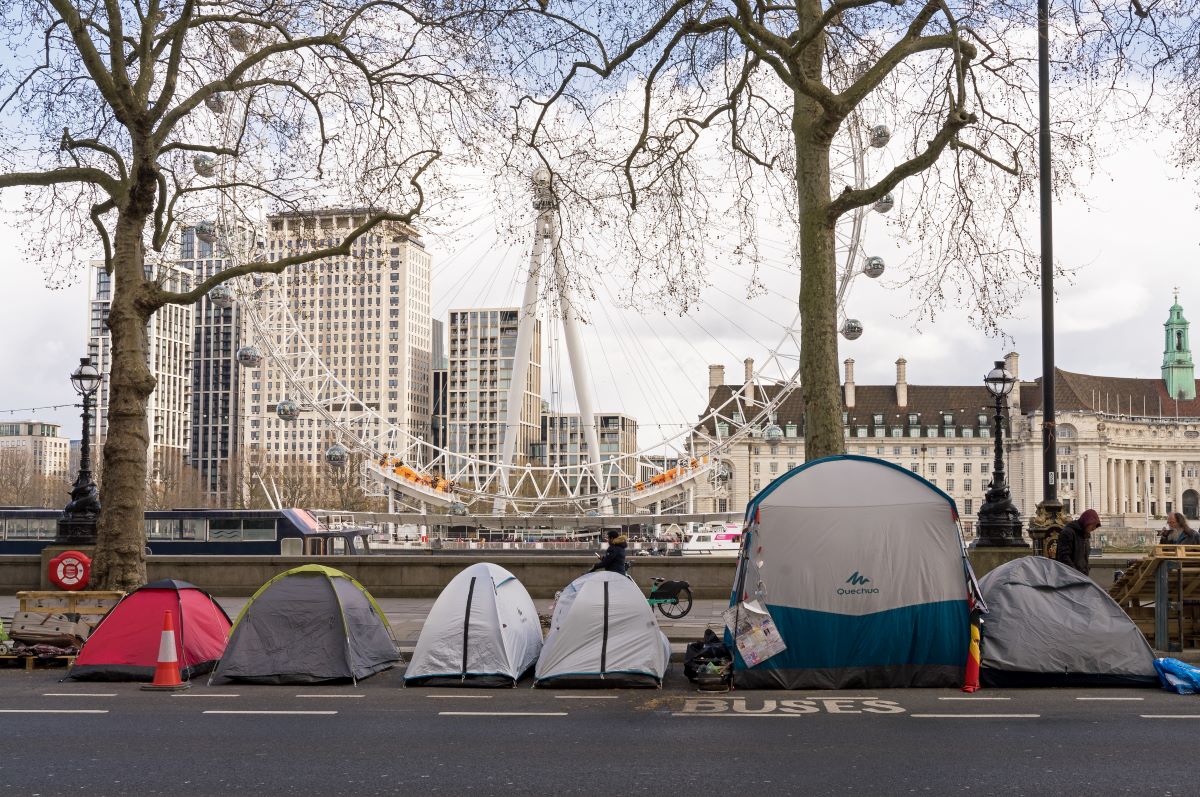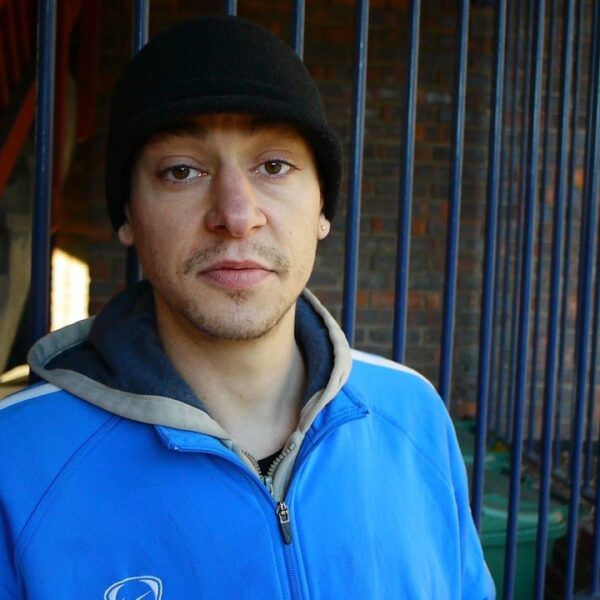“Behind each of these statistics is a human being, a life cut short and potential unrealised. The fact that anyone dies while homeless is shameful.”
Francesca Albanese of Crisis charity
Homeless deaths continue to tick up in the UK as the number of rough sleepers drastically increases. For example, in the port town of Grimbsy, a 45-year-old unsheltered individual named Mark Mummery lay undiscovered for hours as dozens of passersby ignored his lifeless body in the center of the street. Imagine being so invisible to the world that even in death, you are not acknowledged. Even in the street, your body remains unmoved.
With such hostility toward the unhoused, is it any wonder that the most frequent cause of death in the Rotterdam homeless population was found to be suicide or murder?
There is a price we pay for homelessness. It is paid in the lives of people who should amount to more than numbers on a page. From a mathematical perspective, the number of homeless deaths in the UK is sobering. According to the Museum of Homelessness, a homeless person dies here every 6.5 hours. The vast majority of these victims are under the age of 65.
Homeless Deaths Soar 85% in Less than Half a Decade
Homelessness, by all accounts, has been surging in the UK since 2019. The homeless population climbed to a record high in 2023, and unsheltered homelessness, alternatively referred to as rough sleeping, saw a 26% spike in England. A vested effort to drastically reduce the number of people sleeping outside in spaces unfit for human habitation has proved futile in bringing people off the street and preventing premature deaths amid the homeless population.
Much like in the United States of America, the UK is contending with a crisis-level shortage of affordable housing. As it stands, the region is short approximately 4 million homes.
In England, where the price of the average house is now ten times the average salary, the number of people residing in temporary accommodations reached a 25-year record high.
This is important because, contrary to public belief, most homeless deaths do not occur on street corners in the bitter cold. The harsh reality is that they are happening within the bounds of emergency housing and hostels. These environments are more hostile than they seem.
Most Homeless Deaths are Happening in Temporary Accommodations
In response to the public outcry over these deaths, government officials have made it their mission to end rough sleeping once and for all and have shelled out more than £53m on temporary accommodations.
Still, experts say it is not the street claiming most of these lives. Instead, an unsettling number of homeless people are dying during their stays in temporary accommodations, which raises serious concerns about the safety of the local shelter system.
According to the data, the number of homeless deaths in temporary accommodations rose by 10%, and the number of homeless deaths in rough sleeper accommodations did likewise.
When the numbers are all taken into account, it appears that 83% of homeless deaths are happening within the accommodation system. One-third of them are the result of treatable conditions such as:
- Cancer
- Digestive disease
- Pancreatitis
- Stroke
- Tuberculosis
- Gastric ulcers
- Cardiovascular disease
Calling the System into Question: Are Temporary Homeless Accommodations Safe?
Investigative reporting into the temporary hostels meant to house the homeless population reveals abhorrent, uninhabitable “filth.”
One unnamed resident described a bedsit soaked in blood with no heat to warm the people there, who were treated more like prisoners than guests. Sleeping with her mouth covered while diseases linger in the air, the resident rattled on with tales of unhygienic sleeping spaces, not to mention theft, violence, fraud, and abuse.
People are being sent to these temporary hostels through reputable charities and service organizations, but many of these corporations have no idea what awaits beyond those walls.
From poor ventilation to toxic mold infiltrating the air, these shared homes are often hot in the summer, cold in the winter, and unbearable all year round. Residents describe collective feelings of despair as serious reductions in government funding exacerbate the conditions in these homes.
The temporary housing seen is now so disgraceful that many experts claim it violates the right to adequate housing under UK law. As such, if we want to seriously reduce deaths in the homeless community, we must look to improving the conditions of temporary accommodations or building an infrastructure where affordable homes are so plentiful that temporary units are no longer needed.
Reducing Homelessness Means Reducing the Death Toll
We are losing a new life every 6.5 hours. There is no time left to waste. Talk to your representatives about making housing an irrevocable human right and building the affordable housing units we need to shape a brighter future.













